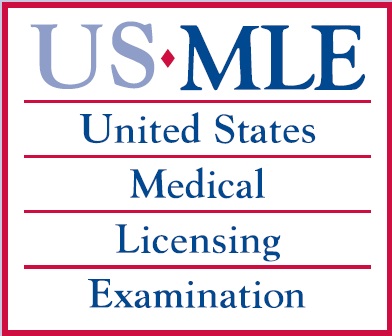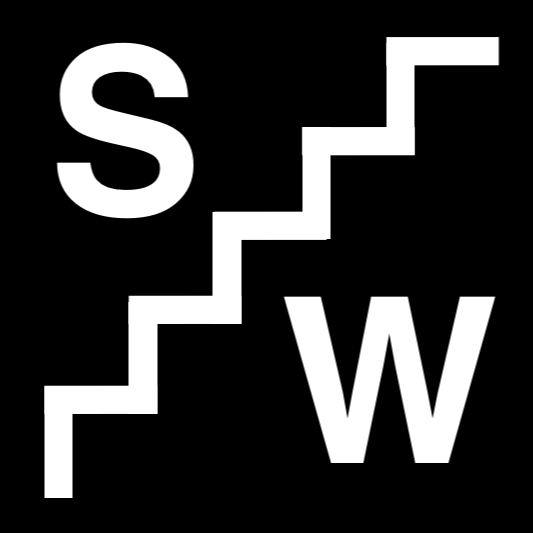Page Contents
OVERVIEW
This page is dedicated to discussing the core elements of the USMLE Step 3 exam. This is an exam (often referred to as one of the boards) that is required for medical licensing in the United States. Please make sure to visit the official webpage of the USMLE Step 3 exam for more information and resources.

WHAT ARE SOME OF THE BASICS?
While this exam was already introduced on the Standardized Exams For The Medical Student page there are a few key points to keep in mind when thinking about Step 3.
What is the point of this exam?
In a nutshell, it seems the point of this exam really is to evaluate a new physician’s ability to combine knowledge from Step 1, Step 2 CK, and Step 2 CS and apply it to the practice of delivering care (with an emphasis on an ambulatory care).
What is the format of the exam?
This exam takes place over the course OF TWO SEPARATE DAYS. The explanation of each day is provided below:
DAY1: FOUNDATIONS OF INDEPENDENT PRACTICE (FIP)
This day has more of a focus on the basics regarding medical and scientific principles that the exam makers believe is essential for delivery effective care. The day includes 232 multiple choice sections that are divided into 6 blocks of 38-39 items each. Each block lasts 60 minutes. 45 minutes of break time are also included as well as a 5 minute optional tutorial. Overall the day will take about 7 hours and the breakdown can be seen below:
- Tutorial (optional): 5 minutes (tutorial time not used by the student will be added to the total break time given to the student)
- Break time: 45 minutes (can be taken in between question blocks at the student’s digression)
- Question blocks (6 total): 6 hours (block time not used can also be added to the break time of the student).
DAY2: ADVANCED CLINICAL MEDICINE (ACM)
The second day of the exam focuses more on the ability to apply knowledge in the context of patient management and delivery care even as disease processes evolve over time and it involves a combination of both multiple choice exam items as well as computer based case simulations.
There are 180 multiple choice items the are divided into 6 blocks of 30 items. Each block lasts 45 minutes. There are then 13 case simulations, each which is lasts 10-20 minutes. There is a minimum of 45 minutes of break time a optional 5 minute tutorial at the beginning of the day, and also a 7 minute computer case simulation tutorial. The whole day is expected to last approximately 9 hours, and a breakdown of the day is shown below:
- Tutorial (optional): 5 minutes (tutorial time not used by the student will be added to the total break time given to the student)
- Break time: 45 minutes (can be taken in between question blocks at the student’s digression)
- Multiple choice question blocks (6 total): 4.5 hours total time (45 minutes each).
- Computer based case simulation tutorial: 7 minutes
- Computer based case simulations (13 total): ~3 hours and 15 minutes
How is the exam graded?
There are two major components to how this Step exam is graded. The first is a distinction on if the student has passed or failed the exam, and the second is a numerical score given to reflect the student’s total performance on the exam.
- Pass/fail distinction: for a given year, a specific score is set as the passing threshold for the exam. Students scoring below this score will fail the exam and need to re-take it in order to gain their medical license.
- Numerical score: the exact way this score is calculated remains a mystery, however it in theory can range from 1 to 300. The higher the score the better.
WHAT ARE SOME OF THE “CORE” RESOURCES I SHOULD USE WHEN PREPARING FOR THIS EXAM?
It is important to realize that there is always subjectivity when deciding which resources one should use for the Step exams. In this section the goal is to try and lay out the most objectively useful resources that arguably should be considered by ALL students preparing for their Step exam:
This Website (Stepwards.com): It is important to realize that a large element for creating this website was to craft resources for medical students to help make preparing for the standardized exams (like the step exams) much easier. Much of the content on here has been created during the process of preparing for the various step exams, and is fundamentally useful in helping students prepare for the test.

Here are a few specific sections of the website that are especially “high yield” for neurology shelf studying:
- USMLE Content Outline (complete outline): much of the content that is listed on this official USMLE outline also overlaps with what is tested on the various step exams. Each step exam can cover all the different sections of this content outline.
- Archive of standardized exam questions (complete archive): This page is dedicated to organizing various examples of standardized exam questions BY THE TOPIC THEY ARE ASKING ABOUT. While this may seem a odd practice, it is useful to see multiple examples of how certain topics will be characterized on standardized exams. The purpose of this archive is not to serve as a question bank, but instead as an efficient study tool used to familiarize oneself with the content of the exam.
UWorld Step 3 Question Bank: it is important to realize that this question bank is NOT created by the testmakers of the Step exams. With this in mind, it is fairly universally accepted as being helpful in preparing for the boards. The questions of this particular question bank are designed to prepare one for the Step 3 exam. This question bank can be found here.

COMPUTER BASED CASE SIMULATIONS:
While the multiple choice exam questions included in this step exam will be familiar to those who have taken the prior step exams, the computer based case simulations are unique to this test and warrant further discussion. More information and examples of a case simulations can be found on the official USLME website.
Page Updated: 03.08.2019